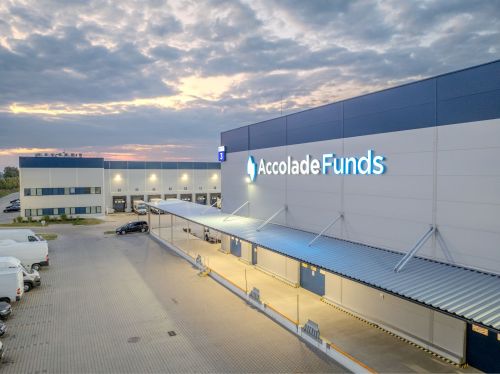Atenor has recently received a building permit for the first stage of the Fort 7 development near Warsaw Chopin Airport. What exactly will be built in this and subsequent stages?
Maciej Krenek, Poland country director of Atenor: Fort 7 is set to become a new mixed-use neighbourhood. The first stage involves the construction of an office building with 15,000 sqm gla. Altogether, three office buildings will be developed with over 42,000 sqm. Subsequent stages will see the development of residential space, as well as retail, hotel and educational facilities. The entire project will span over 180,000 sqm over a 14 ha site, integrating sustainable solutions and green space to create a modern urban environment.
Fort 7 is located next to the 19th century Fort Zbarż. How will it be incorporated into the project? What architectural challenges does this involve?
Incorporating Fort 7 with the historic Zbarż Fort into the new development is a complex task that involves a combination of res































































